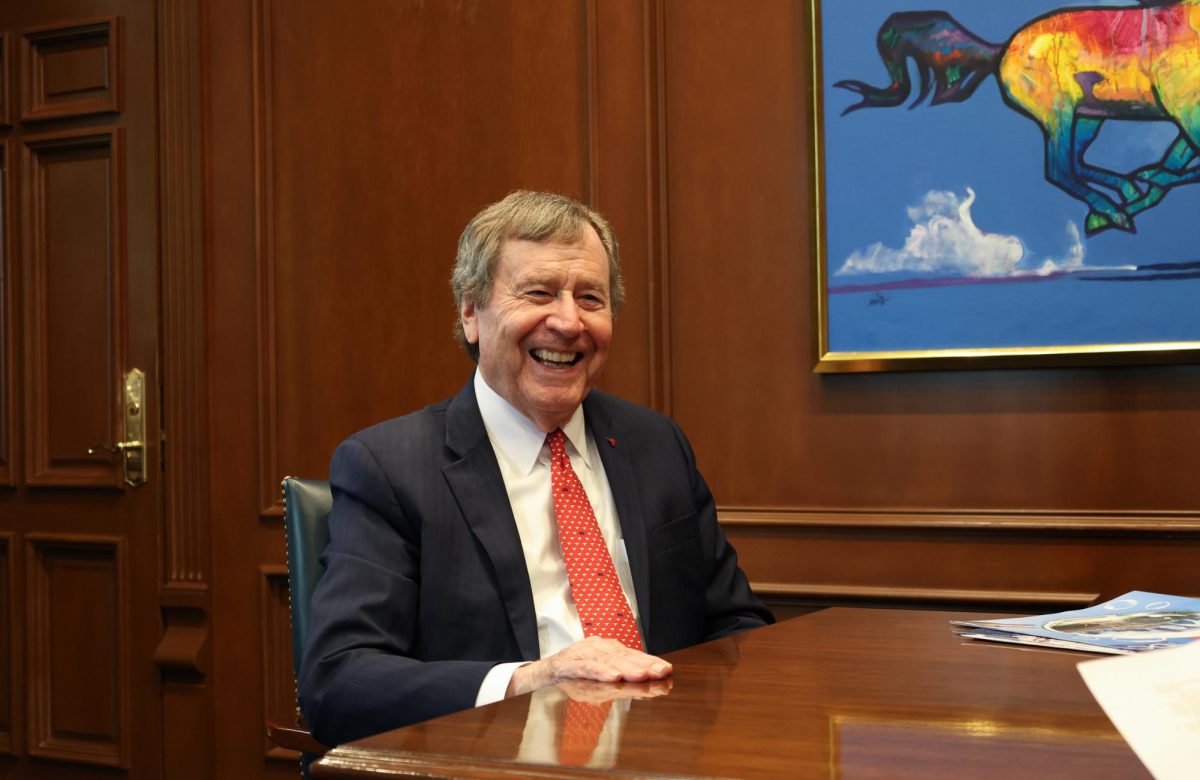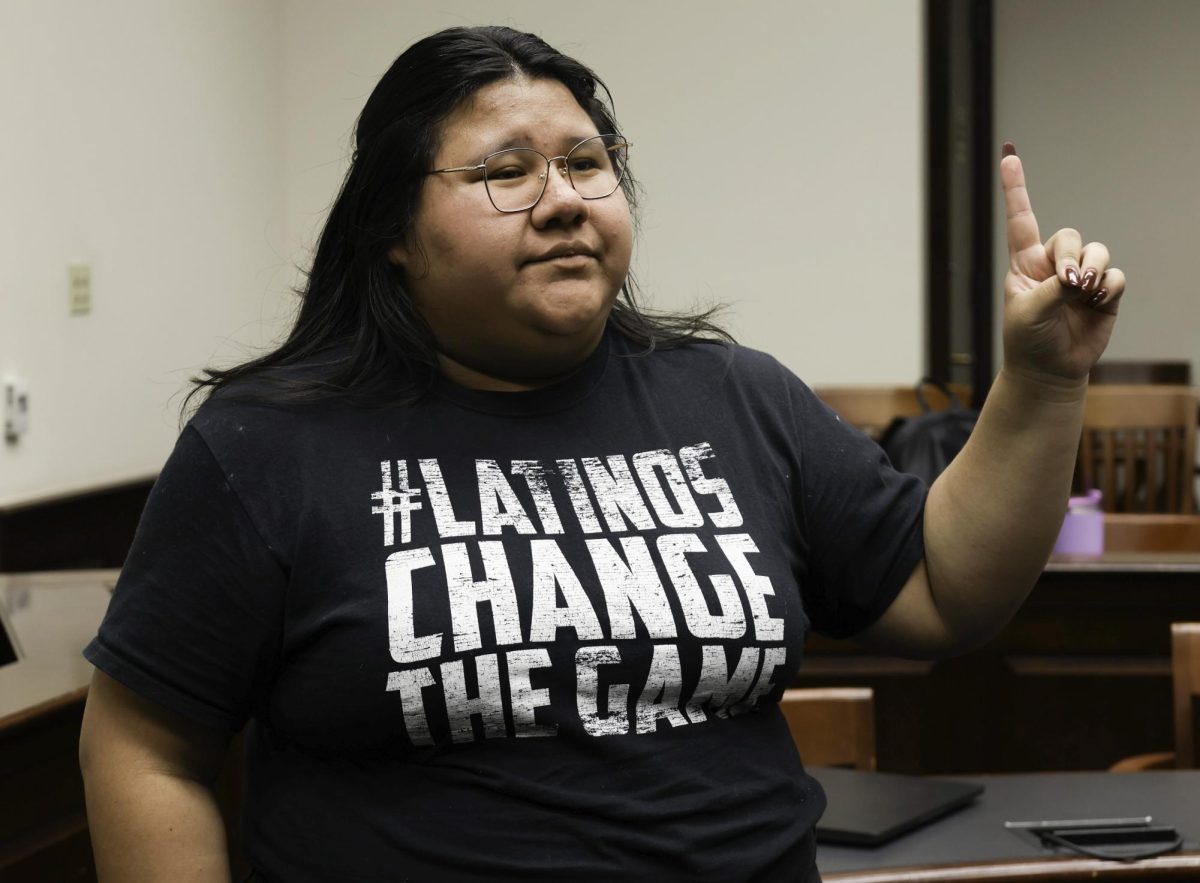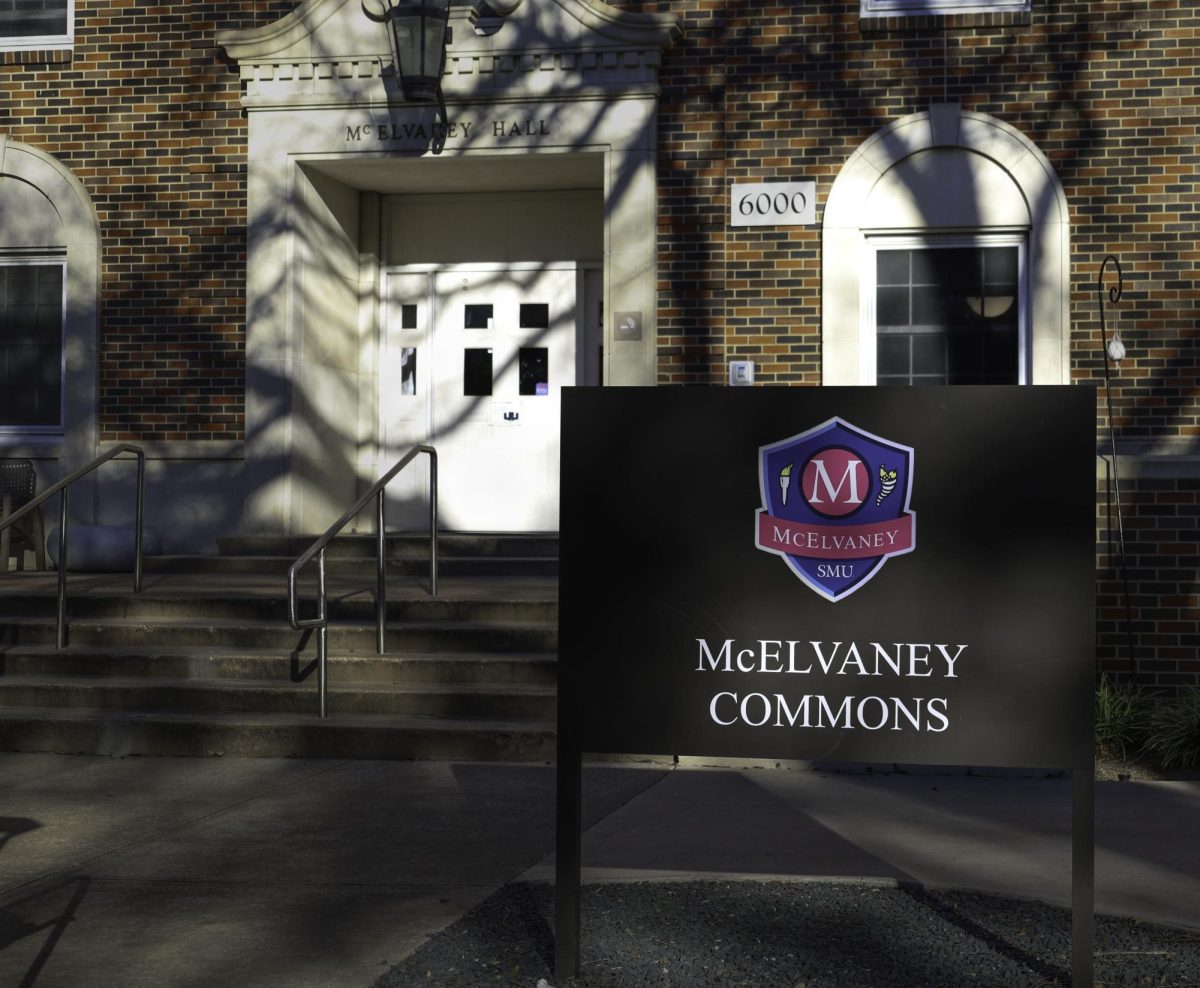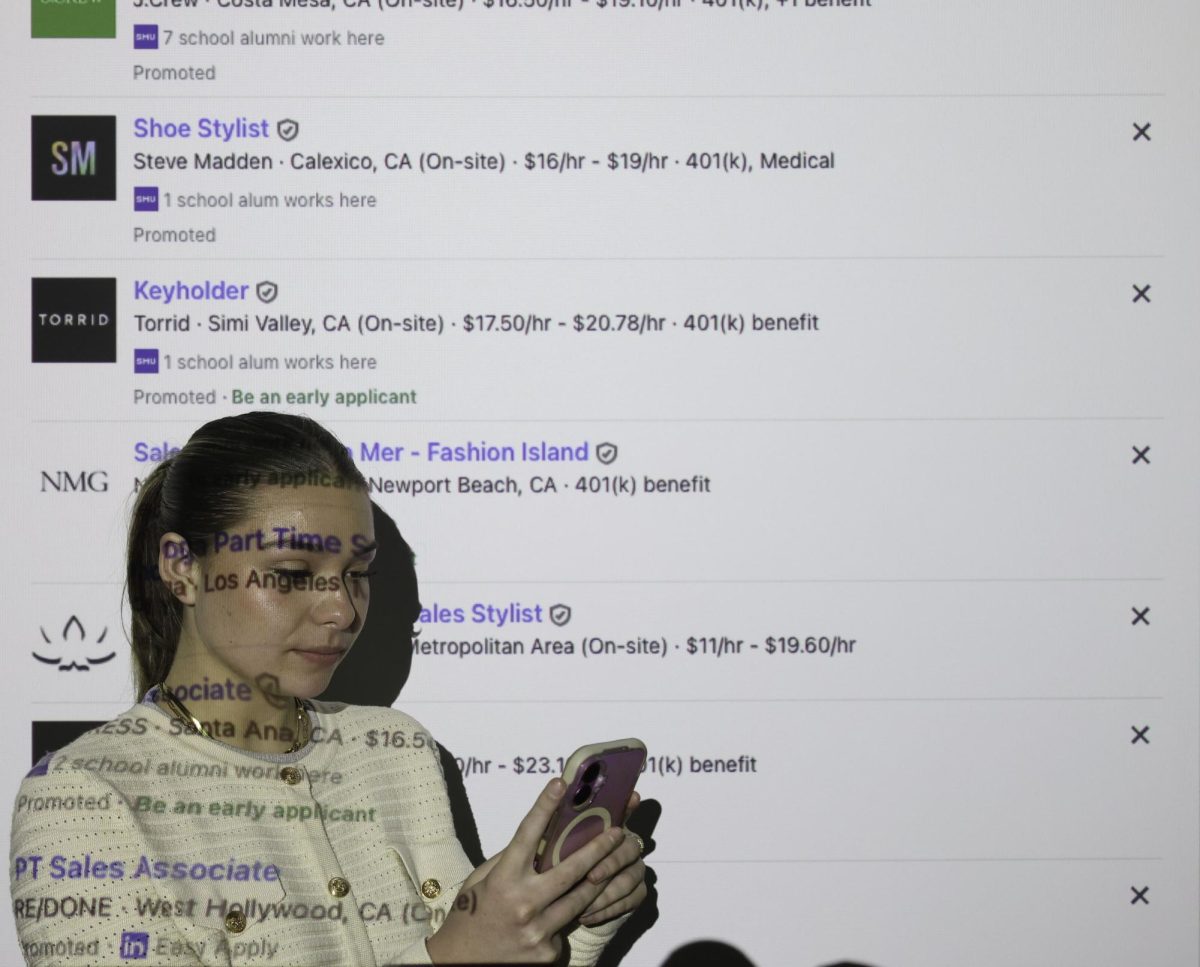SMU is one of the priciest colleges in the country. And it gets more expensive every year.
Students and their parents know this better than anyone else since they foot the bill. In return, they expect a quality education from a faculty and staff who are fairly compensated for their work.
As it turns out, the boss’ compensation at SMU dwarfs that of everyone else. The reason for this is simple: the SMU Board of Trustees wants it that way.
During a recent four-year period, the trustees increased the compensation of President R. Gerald Turner by an average of 18 percent a year, records show. His compensation includes pay as well as benefits.
During these same years (2005-08), the SMU board increased pay for the faculty by an average of about 4.1 percent annually, records show.
In other words, trustees gave Turner annual compensation increases that were four times that of the faculty.
The trustees took these actions in private meetings. The Daily Campus obtained the figures for Turner from The Chronicle of Higher Education. The publication relied on forms SMU is required to file with the IRS. The figures for the faculty can be found on the SMU Faculty Senate website.
Turner, who also is a member of the board of trustees, declined to be interviewed for this story.
Carl Sewell, who has chaired the board of trustees for the past four years, said in an interview that Turner deserves every dollar the board has given him.
“The extraordinary progress at SMU since Turner has arrived—look at the campus, the infrastructure, the academic quality he has brought to the university—there has been an extraordinary difference and he is that leader,” Sewell said. “He has significantly raised the academic standard at SMU.”
Students don’t begrudge Turner’s good fortune. It’s the disparity they question.
Rachel Carey, a senior political science major, said trustees should distribute the pay increases more equitably.
“I think if anyone should be getting a pay raise it should be the professors,” she said.
For students at SMU, the issue is more than simply academic.
After all, it is their money that helps provide the compensation of virtually every SMU employee.
During the period from 2005 to 2008, the SMU Board of Trustees increased tuition and fees at SMU by an average of 6.95 percent annually.
For 2010-11, the board raised tuition and fees by 5.9 percent. That means that next year it will cost $37,320 to attend SMU–– add room and board and the total cost rises to $49,965.
Patrick Kobler, a political science major and student body president, said professors deserve higher pay.
“We want to keep our best faculty here. After all, they are the heart of a university,” he said.
But Kobler also said SMU trustees did the right thing in giving Turner pay raises that were four times those of the faculty. He likened Turner to Bill Gates, who co-founded Microsoft and served as CEO and board chairman, and the faculty to “those who build computers for his company.”
“President Turner, being the president, the man who has to make the final decisions and the individual who would have to take the blame on behalf of SMU when something goes wrong, has most likely received a higher increase for these reasons,” Kobler said.
Many students disagree with Kobler’s reasoning. In their eyes, professors are the university’s most valuable assets.
“It’s obvious they [professors] have a lot of valuable experience they can utilize to help students know what to expect in the real world,” Ruth Park, a junior psychology major, said.
Sewell reserves his superlatives for Turner.
“I have never heard anyone disagree that he is an extraordinary man and we are very lucky to have him,” he said.
An examination of SMU with comparable schools finds Turner’s compensation is certainly superlative.
Turner’s compensation in fiscal year 2007-08, (the most recent year for which figures are available), was $1,017,618. That ranks fourth among the 24 benchmark and operational schools that SMU regards as its peers. Among those same colleges, SMU’s budget ranked 11th.
Fred Olness, outgoing president of the faculty senate and a trustee, said that when it comes to pay, SMU’s faculty has fared better than professors at comparable universities.
“We’re glad it [faculty raises] isn’t zero percent,” he said.
In Kobler’s view, Turner has sparked an academic renaissance at SMU.
“Under his leadership, the number of prospective students who apply to SMU have continuously been on the rise and each incoming class has had more potential than the next, each increasing the average GPA and average ACT and SAT scores,” he said.
What Kobler sees as Turner’s unique achievement at SMU reflects national trends.
For example, the number of college applicants and applications for college admission per student has increased each year since 2001 across the country.
In Kobler’s view, this does not diminish Turner’s singular achievements.
“President Turner’s ability to turn vision into reality has greatly increased the value of our diplomas far beyond the increases he has most deservedly received,” he said.
SMU students’ education cost $30,880 for the 2007-08 academic year, increased by 7.9 percent over the previous year. The average pay increase for full-time professors in the same year was 2.6 percent.
According to Olness, Turner makes an effort to keep the average faculty pay increase near three percent.
“But it’s not feasible long-term,” Olness said.
Olness said that keeping the pay increase above zero percent is better than some other schools.
“You want to be able to give them [professors] something that says, ‘We appreciate your work,'” he said.
However, Olness said that after the board meeting this past December, the pool for the faculty pay-increase for the 2010-11 academic year is 1.5 percent.








